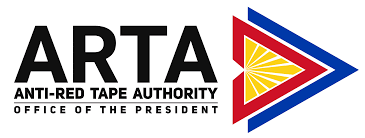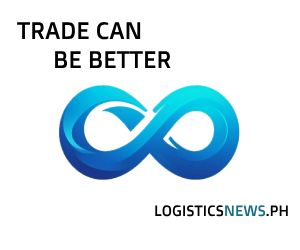The Philippines made a strong leap ranking 16th from 72nd in the latest investment attractiveness index largely to the government’s implementation of simplified permitting requirements, efficiency in rules and increased investment confidence.
The Fraser Institute 2024 Investment Attractiveness Index reported the Philippines’ huge improvement in global ranking, primarily in the areas of policies and best practices in minerals sector.
The Fraser Institute is a Canadian public policy think tank that annually publishes the Investment Attractiveness Index, widely used by mining companies and investors. The index reflects both geological potential and the impact of government policy on mining exploration and development, based on survey responses from global mining executives.
The country also moved up to 25th in policy perception, from 79th in the previous year. It ranked 9th among 58 highly endowed jurisdictions in best practices mineral potential, underlining its strong resource base, based on the report.
While the Chamber of Mines of the Philippines (COMP) credited the Philippines stellar performance to the “whole of government approach” in adjusting mining application procedures, it was also quick to recognize the contribution of the Anti Red Tape Authority’s (ARTA), which is led by Secretary Ernesto V. Perez, part in strengthening regulatory work in the mining sector.
Fraser pointed to combined efforts to simplify permitting requirements, promote consistency in rules, and increased investor confidence as primary reason for the Philippine performance.
This upward movement was welcomed by COMP as a strong vote of confidence in the Marcos administration’s actions to revive and improve the mining industry.
“This improvement in our investment attractiveness ranking shows that steady changes under the Marcos administration are producing results, especially in creating greater policy consistency and making it easier to do business for responsible miners,” COMP Chairman Mike Toledo said in a statement.
The group credited these outcomes to a “whole-of-government approach” in adjusting mining application procedures.
This effort has been led by ARTA, together with the Department of Finance (DOF), Department of Trade and Industry (DTI), and Department of Environment and Natural Resources (DENR). It also involved the Mines and Geosciences Bureau (MGB), the National Commission on Indigenous Peoples (NCIP), and the Office of the Special Assistant to the President for Investment and Economic Affairs (OSAPIEA).
ARTA acknowledges the role of its partner agencies in reaching this point.
Their work together shows how coordinated actions among national agencies can produce better results for regulated industries.
The mining sector is among the priority areas where ARTA has focused its efforts to simplify and revise government procedures. In line with its mandate, ARTA has intensified its work on matters concerning mining-related applications. ARTA entered a formal partnership with the Department of Environment and Natural Resources – Mines and Geosciences Bureau (DENR-MGB) to streamline and digitize the
permitting system for mining activities. This aims to reduce documentary requirements and shorten the processing time for permits, including those covering exploration and mineral production sharing agreements (MPSAs), while maintaining environmental safeguards and regulatory discipline.
Green technology
As emphasized in the Philippine Development Plan (PDP) 2023-2028 the national government is pursuing opportunities to increase value addition in the mineral industry while supporting macroeconomic stability and climate goals. The Marcos administration has strengthened its approach toward revitalizing the mining sector, in response to rising global demand for energy transition metals.
It is positioning the sector as a contributor to green technology and employment generation. To help modernize the permitting system, the Joint Memorandum Circular (JMC) introduces the electronic Mining One-Stop Shop (eMOSS) Framework. This digital platform is designed to serve as a single-window system where mining proponents can submit all requirements through one portal. The platform enables automatic routing of applications to relevant agencies for parallel processing, which can shorten turnaround times and support inter-agency coordination.
The eMOSS system will be integrated with the Unified Mapping System, which brings together the DENR-MGB’s GeoSpatial Mapping System and the National Commission on Indigenous Peoples (NCIP)’s Ancestral Domains Map. This integration allows real-time verification of proposed mining areas and indicates whether they overlap with ancestral domains, helping avoid repetitive manual validation.
The eMOSS platform will also handle end-to-end applications for key permits such as the Exploration Permit (issued by DENR-MGB), the Free and Prior Informed Consent (FPIC) from the NCIP, and clearances from Local Government Units. The JMC also includes a standardized FPIC Memorandum of Agreement (MOA) and model local ordinance, which will help align local and national rules, reduce inconsistencies, and contribute to a more predictable permitting environment. These adjustments follow the framework of Executive Order No. 79 and demonstrate the combined efforts of agencies under the Mining Industry Coordinating Council (MICC) to strengthen coordination and promote conditions favorable to responsible mining operations.




